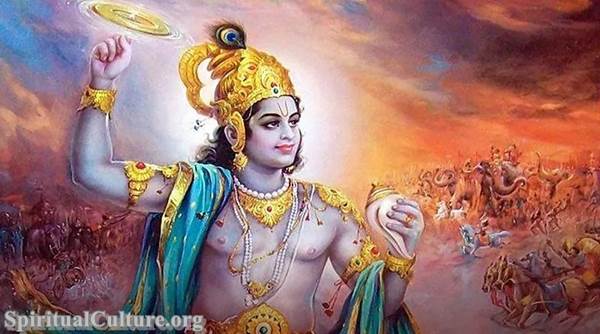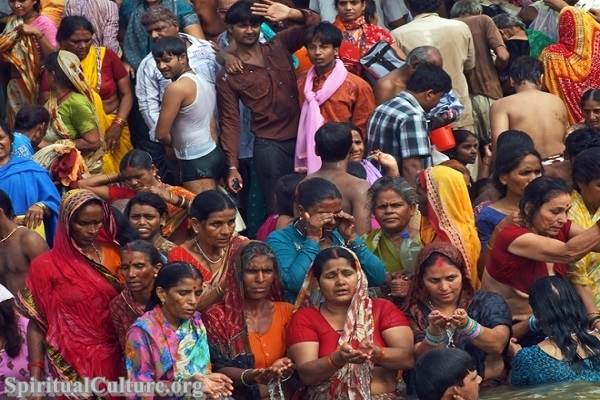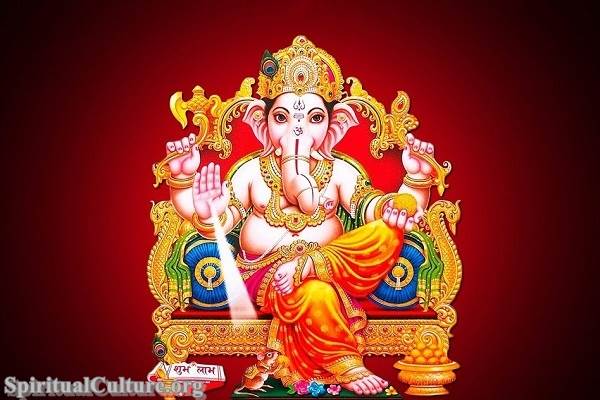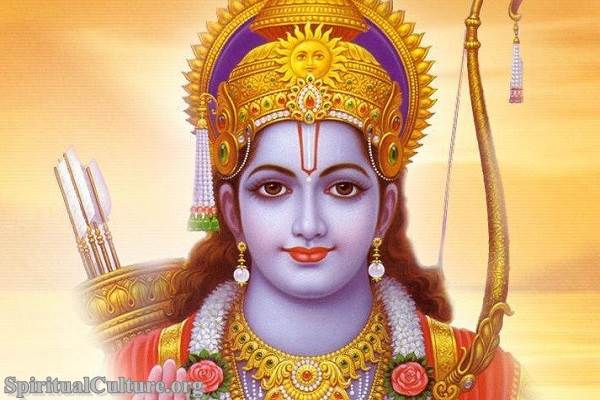Many major Hindu gods and goddesses are often portrayed with multiple arms, each holding specific attributes or symbols.

Here are some key aspects of the symbolism of four arms in Hinduism:
Multifaceted Nature:
The depiction of deities with four arms represents the multifaceted and all-encompassing nature of the divine. It emphasizes that the deity has the power and capacity to engage in multiple activities simultaneously, symbolizing omnipotence and omniscience.
Four Purusharthas (Life Goals):
In Hindu philosophy, the four arms may symbolize the four purusharthas, which are the four goals of human life – Dharma (righteousness), Artha (wealth and prosperity), Kama (desire and pleasure), and Moksha (liberation or spiritual realization). The deity’s four arms signifies the holistic pursuit of these life goals.
Representation of Elements:
In some cases, the four arms are associated with the elements—earth, water, fire, and air—symbolizing the deity’s control over the natural forces and elements of creation.
Aspect of Creation, Preservation, and Destruction:
The four arms are often linked to the trinity of Brahma, Vishnu, and Shiva, representing the aspects of creation, preservation, and destruction in the cyclical nature of the universe. Each arm may hold attributes associated with these cosmic functions.
Four Directions:
The arms may symbolize control over the four directions—north, south, east, and west—underscoring the deity’s universal influence and presence.
Specific Attributes:
The objects held in the hands of the deity’s arms have specific symbolic meanings. For example, Lord Vishnu is often depicted with a conch shell (representing creation), a discus (symbolizing preservation), a mace (signifying power), and a lotus (indicating purity). Each attribute highlights a different aspect of the deity’s divine nature and responsibilities.
Balance and Harmony:
The depiction of four arms is also symbolic of balance and harmony in the divine realm. It suggests that the deity maintains equilibrium in cosmic affairs, ensuring the smooth functioning of the universe.
Expression of Divine Powers:
The additional arms emphasize the deity’s extraordinary abilities and supernatural powers. The visual representation with multiple arms conveys the vastness and transcendental nature of the divine.
The multiplicity of Roles:
Deities with four arms often have multiple roles and responsibilities. For example, Goddess Saraswati, associated with knowledge, arts, and wisdom, is depicted with four arms holding a veena (musical instrument), a book, a rosary, and a water pot.
Cultural Variations:
While the concept of multiple arms is prevalent in Hindu iconography, the specific attributes and symbols held by the deities may vary across different regional and cultural traditions.
Overall, the depiction of deities with four arms is a powerful and symbolic representation in Hindu art and mythology, conveying the diverse aspects and cosmic functions associated with the divine entities.





